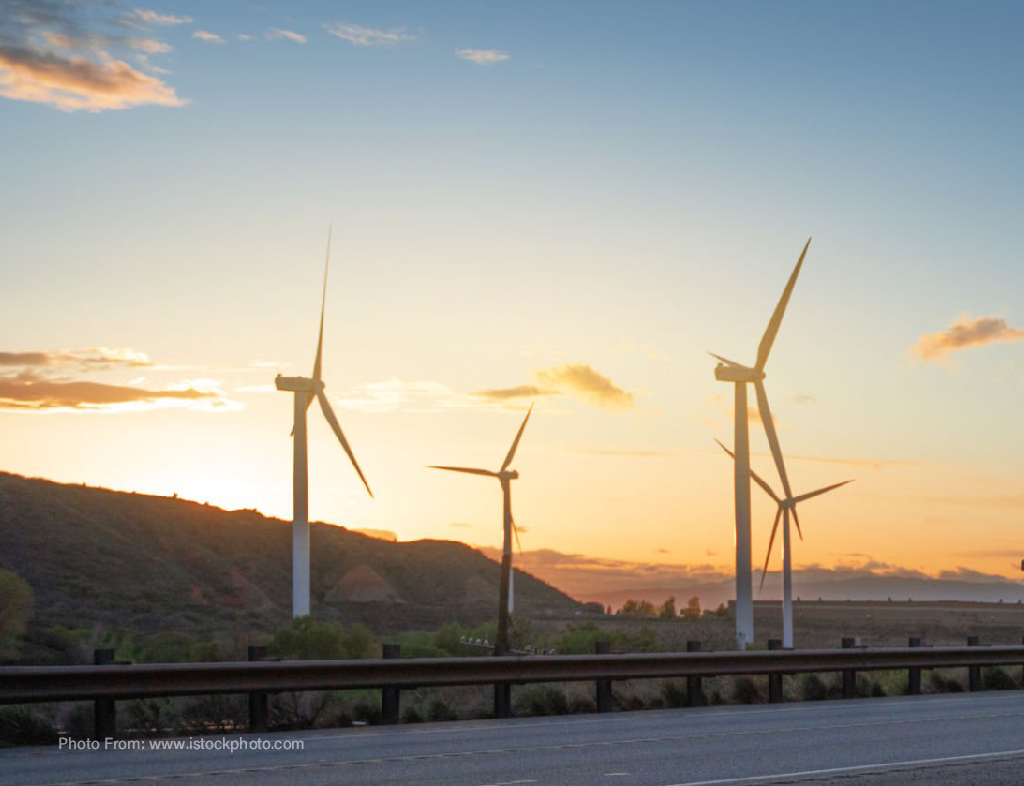PAIRING SOLAR WITH WIND: A PRACTICAL HYBRID APPROACH
22nd Jul 2025
Pairing solar with wind energy offers a powerful solution for off-grid living, especially in areas where one resource alone may not provide consistent year-round power. While solar power is widely adopted for off-grid use, it has limitations—particularly during winter months, cloudy days, or in high-latitude regions. This is where wind energy can step in to complement solar output, creating a hybrid system that balances production across seasons and weather conditions.

Wind is particularly effective in coastal areas, open plains, and high-altitude regions where air movement is consistent. It often peaks during the night or in stormy, overcast weather—times when solar production drops. In contrast, solar thrives on clear, sunny days. When combined, these two resources can smooth out power generation fluctuations, reducing the chances of running out of energy and shrinking the need for oversizing one system to compensate for the other.
However, integrating wind into an off-grid setup comes with its own set of challenges. Wind turbines require more moving parts than solar panels, which can lead to higher maintenance over time. Noise, aesthetic concerns, and permitting issues may arise, especially in residential or protected rural areas. Wind systems also need adequate open space and minimum wind speeds to be viable, making site selection critical. On the upside, even small turbines can produce power around the clock under the right conditions, making them a valuable supplement for solar-heavy systems during off-hours.
When designing a hybrid wind-solar system, battery storage plays a central role. The goal is to efficiently capture and store energy from both sources without excessive overspending or energy loss. Hybrid charge controllers or multiple input systems are typically used to regulate inputs from both solar panels and wind turbines. A well-designed battery bank must be sized not only for average daily use but also to handle periods when both solar and wind might underperform. Lithium batteries are popular for their efficiency and longevity, but deep-cycle lead-acid batteries are still used in cost-conscious setups. Planning for redundancy and flexibility in storage becomes even more important in hybrid systems, as energy production timing is less predictable than with solar alone.
In practice, wind-solar hybrid systems have been deployed successfully in remote cabins, island properties, ranches, and telecommunications outposts. For example, a mountain cabin in the Rockies may use solar during the high-sun summer and lean on wind turbines in the blustery winter. Likewise, a coastal research station could rely on steady ocean breezes at night to charge batteries after the sun goes down. These real-life setups often demonstrate lower generator use, improved energy availability, and greater long-term resilience.

By combining solar and wind thoughtfully, off-grid users can create energy systems that are not only more reliable but also more responsive to the environment they’re placed in. Hybrid approaches offer a compelling path forward for those seeking greater autonomy and sustainability.
